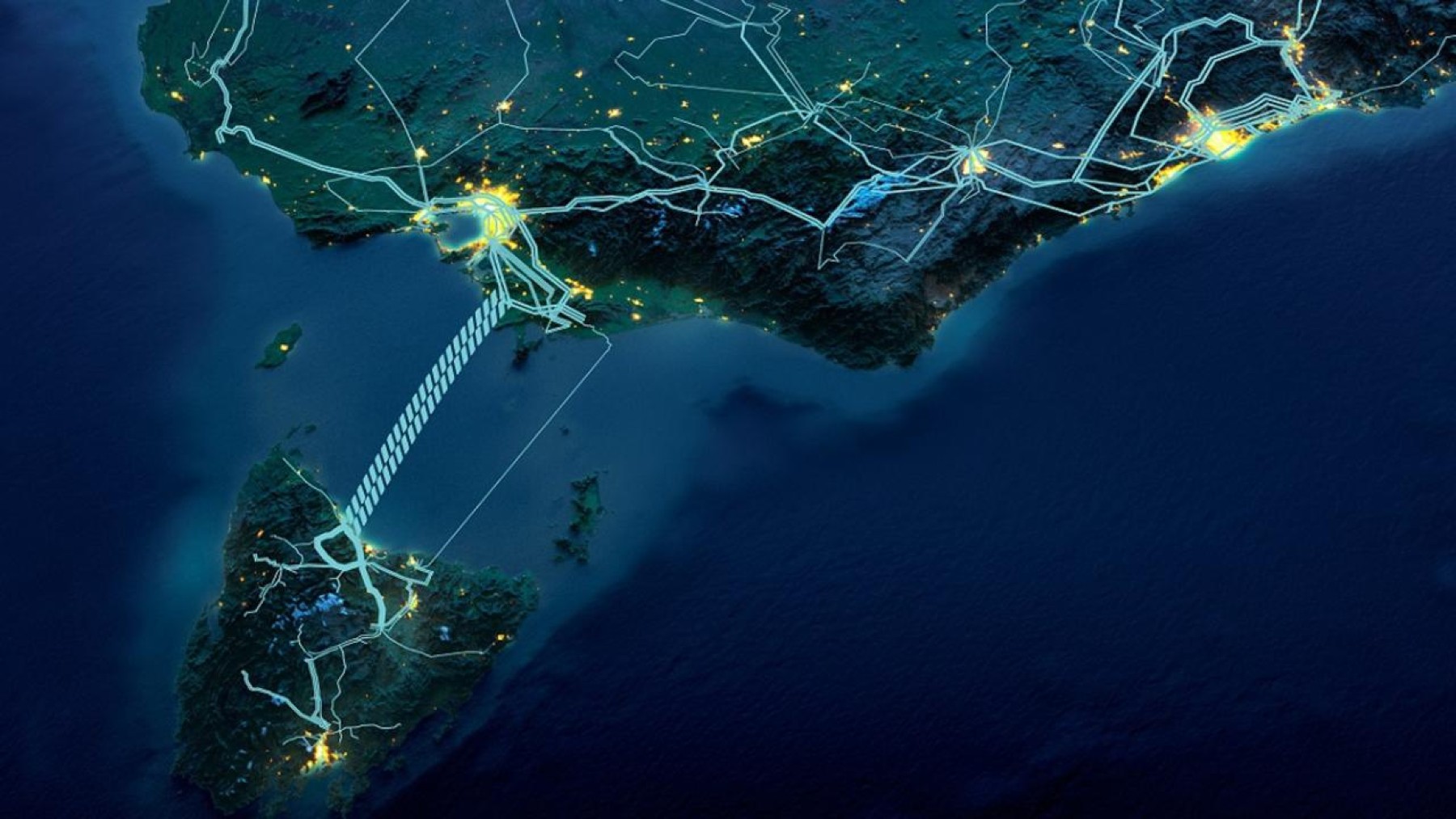The ambitious Sun Cable’s Australia-Asia PowerLink project involves constructing the most extended subsea power cable to link Australia and Asia for 4,300 km.
This massive infrastructure project is expected to revolutionize the way Singapore and other parts of Southeast Asia obtain renewable energy sources, making a much-needed bridge between the abundance of Australian solar and Singapore’s increasing energy needs.
Unveiling the unique Australia-Asia PowerLink project for renewable energy
The Australia-Asia PowerLink (AAPowerLink) project is unique because it transports clean power from the Northern Territory in Australia to Singapore and Darwin. This project is being led by Sun Cable Australia – an independent power producer focused on renewable energy – and will consist of a solar farm of up to 20GW and energy storage of more than 36GWh.
With this, the project will have the capacity to provide nearly 15% of Singapore’s electricity requirement. The main objective is to develop a renewable energy source to serve the growing demand in Asia.
How Singapore stands to benefit from the groundbreaking subsea cable
Singapore has been searching for different opportunities for renewable energy because of the country’s scarce territory and high population density. However, despite attempts to put solar panels in reservoirs, car parks, and other areas, Singapore’s potential to generate its energy domestically is still limited.
The AAPowerLink project is a game changer because the undersea cable will supply approximately 1.75GW of renewable power to Singapore, which will be associated with the degradation of fossil fuels. Singapore’s Energy Market Authority has already given conditional approval, another essential leap towards sustainability.
Navigating challenges: Financing, geography, and the path to success
As attractive as it may seem, the Australia-Asia PowerLink project has some hurdles. A preliminary estimated cost of $13.5 billion, problems associated with installing subsea cables, and other challenges make this one of the most significant renewable energy projects ever.
Concerns can, therefore, be raised concerning the durability and stability of the cable throughout the tectonically active regions of the world, especially in the event of earthquakes. These are challenges that Sun Cable has noted in equal measure, stressing the fact that the project is uniquely designed and well-planned.
These are some of the difficulties the solar plant has faced, but financial futurist Australian tech billionaire Mike Cannon-Brookes has financially backed the project.
The vision ahead: Pioneering future energy connections across borders
The AAPowerLink project can be considered a possible prototype for future international power grid networks. Such projects are crucial for the South East Asia region as it has a high energy demand growth rate. If successful, it is thought that the Australia-Asia PowerLink could pave the way for other renewable energy transmission projects worldwide, such as the Xlinks project between Morocco and the United Kingdom.
Such development suggests the possibility of a global renewable energy grid where continents are connected, and countries can import and export renewable energy resources.
The Road Ahead: Towards a Global Green Energy Grid
The outcomes of the AAPowerLink project may open a new epoch in the sharing of energy resources between countries on different continents. Asia, Europe, and Africa are also attempting similar projects, meaning the potential for a connected grid that delivers affordable and clean power to demand regions is within sight.
In particular, South East Asia can become a critical area of this shift, as the Chinese company is already involved in integrating the regional grid. These international renewable energy projects can support large-scale decarbonization and global efficient energy utilization.
The Australia-Asia PowerLink symbolizes the future as a union of Australia and Asia driving on clean energy. The challenge of geographical and financial barriers is surmounted, making the dream of a global green energy grid a little more achievable.














